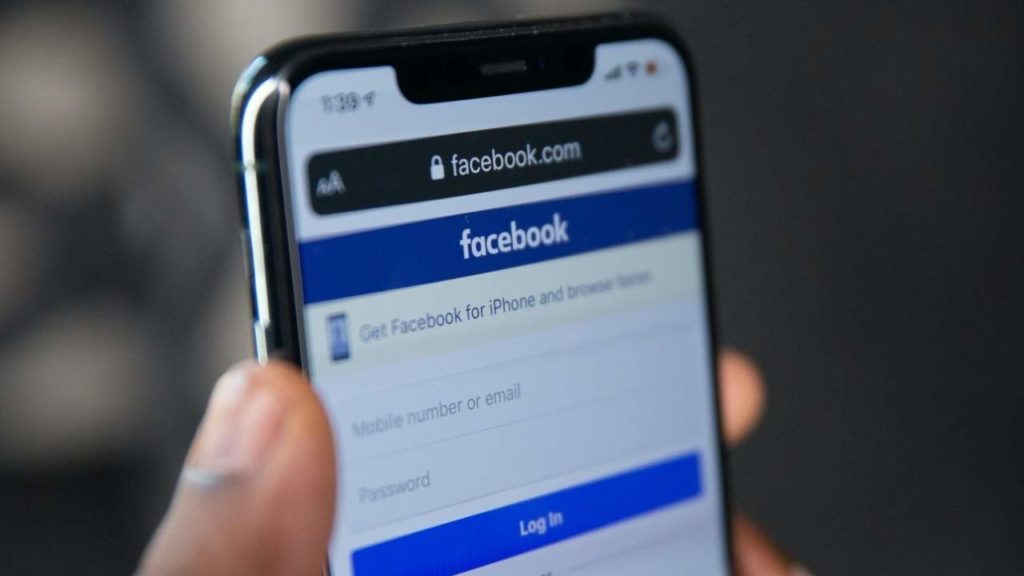A massive database containing the personal information of 533 million global Facebook users is circulating amongst hackers online.
The dataset includes Facebook users’ phone numbers, full names, physical addresses, birth dates and more. It covers users across 106 countries.
Facebook says the data was scraped through a vulnerability it patched in 2019.
Whilst the company has been downplaying the leak by claiming the data is “old”, security researchers are concerned that the personal information could be used for social engineering, to impersonate people for identity fraud, or to break into their other accounts.
The leak was first spotted and reported by Alon Gal, the chief technology officer of cyber security firm Hudson Rock.
He identified that the personal information of 7.3 million Australians had been exposed in the leak.
Facebook founder Mark Zuckerberg’s own information is included in the dataset.
“Bad actors will certainly use the information for social engineering, scamming, hacking and marketing,” he said.
Gal first discovered the existence of the database in January when an individual advertised an automated bot that could scrape Facebook’s systems for phone numbers for a fee.
What can you do?
First, check Have I Been Pwned to see if you are impacted. Note: phone numbers are not yet searchable in Have I Been Pwned, but this inclusion is under consideration. This site is your best resource in lieu of a notification from Facebook directly.
If you have been impacted, your first step should be to set up multi-factor authentication on all of your important accounts to protect against identity fraud (bank, email, social media, government systems, etc).
You might also want to consider speaking to your bank to discuss what extra security controls can be put in place to protect against fraud.
Consider adopting a password manager – like LastPass or 1Password – that can create and remember strong, unique passwords for you. If you have reused a password – whether in part or whole – across different accounts, change it as soon as possible and make sure you have enabled multi-factor authentication for those accounts.
And stay alert for suspicious activity on your accounts – you are likely to be at greater risk of phishing, social engineering, and identity fraud attacks. Keep vigilant to requests for your personal information or to undertake an action.





